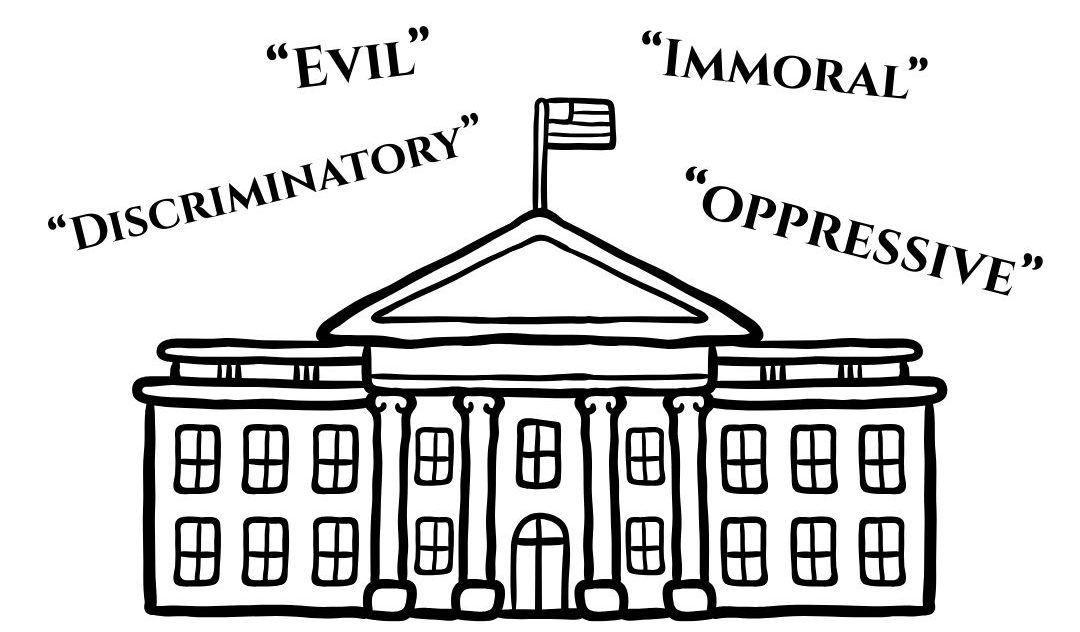Many students who embark on a college degree do not attain a credential. These students are referred to in the data as students with Some College but No Credentials, or more simply, SCNC students. As of July 2021, the SCNC population has reached 40.4 million, up 1.4 million from the previous year, according to the National Student Clearing House Research Center.
On a macro level, I wonder if there are overarching trends that could explain the phenomenon. On a micro level, each college student’s life is complicated, and unique circumstances lead to the unfortunate decision to drop out of college.
Can data truly explain why some students stick to pursuing their degrees while others drop out?
To be honest, I tend to despair when I think of young people dropping out of college at increasing rates. I worry about failing institutions across the board, but especially higher education. I would argue that the failure to retain student enrollments through graduation is a failure not of the individual student, but of the institution.
I think one of the primary reasons students do not stay in college is that they are not aware of the support services and benefits they are entitled to while in school. By the way, Eastern students should check out the Student Services Center website periodically to make sure they are taking advantage of services that may be beneficial to their situation.
Administrators also need to communicate updates and changes to student services regularly and broadcast this critical information in places where students will receive the message.
Another reason I think that we are seeing this increase in college student dropouts is because writing is missing from the curriculum. I would argue that students are not finding themselves in the curriculum and are not making valuable connections between their studies and their career goals.
One way to achieve this is through more journaling and reflection. Higher education needs to invest in writing courses across all disciplines. This is not a new idea. It is known as Writing Across the Curriculum. In theory, all disciplines can embrace writing as a tool for reflection, metacognition, and critical thinking.
Critical thinking is an exercise in which we take what we are learning in school and apply it to our lives and experiences. Critical thinking exercises can also be applied in almost all classroom environments.
Indeed, the journaling that students do in their introductory level composition courses is intended to teach students that writing is not just meant for communication, but rather it is a tool for thinking. Metacognition simply means thinking about thinking, and we do it when we journal simply for our own benefit.
Writing solely in academic genres makes writing seem boring and dull, especially since not all students intend to stay in academia after they graduate. Students will stay in school if they learn how to write for themselves and their own learning, and if they know that the people reading their writing actually care about them and what they have to say.
Speaking from my own experience as an undergraduate in community college decades ago, I can say that writing kept me in school. At the time, my major was Computer Science and I struggled in my math and science courses, but I felt encouraged and even successful as a writer in my English courses thanks to positive re-enforcement I got from my teachers.
I know that writing enriches one’s personal relationship with the self, our teachers, and our classmates. Future educators and school administrators should endorse more writing and reflection in all courses.
In the meantime, if you are a student thinking about dropping out of school, seek out those resources that are designed to help you. Also, journal diligently to make sure this is a decision you are sure you will not regret. Upon reflection, anyone considering dropping out will soon realize it is a mistake to give up on your own education.
Dan Hahn can be reached at dhahn@eiu.edu or 217-581-2812.






![[Thumbnail Edition] Eastern Illinois softball senior infielder Briana Gonzalez resetting in the batter's box after a pitch at Williams Field during Eastern’s first game against Southeast Missouri State as Eastern split the games as Eastern lost the first game 3-0 and won the second 8-5 on March 28.](https://www.dailyeasternnews.com/wp-content/uploads/2025/04/SBSEMO_11_O-1-e1743993806746-1200x692.jpg)






![[Thumbnail Edition] Junior right-handed Pitcher Lukas Touma catches at the game against Bradley University Tuesday](https://www.dailyeasternnews.com/wp-content/uploads/2025/03/MBSN_14_O-e1743293284377-1200x670.jpg)

![[Thumbnail Edition] Senior Foward Macy McGlone, getsw the ball and gets the point during the first half of the game aginst Western Illinois University,, Eastern Illinois University Lost to Western Illinois University Thursday March 6 20205, 78-75 EIU lost making it the end of their season](https://www.dailyeasternnews.com/wp-content/uploads/2025/03/WBB_OVC_03_O-1-e1743361637111-1200x614.jpg)







































![The Weeklings lead guitarist John Merjave [Left] and guitarist Bob Burger [Right] perform "I Am the Walrus" at The Weeklings Beatles Bash concert in the Dvorak Concert Hall on Saturday.](https://www.dailyeasternnews.com/wp-content/uploads/2025/03/WL_01_O-1200x900.jpg)
![The team listens as its captain Patience Cox [Number 25] lectures to them about what's appropriate to talk about through practice during "The Wolves" on Thursday, March 6, in the Black Box Theatre in the Doudna Fine Arts Center in Charleston, Ill.](https://www.dailyeasternnews.com/wp-content/uploads/2025/03/WolvesPre-12-1200x800.jpg)

















